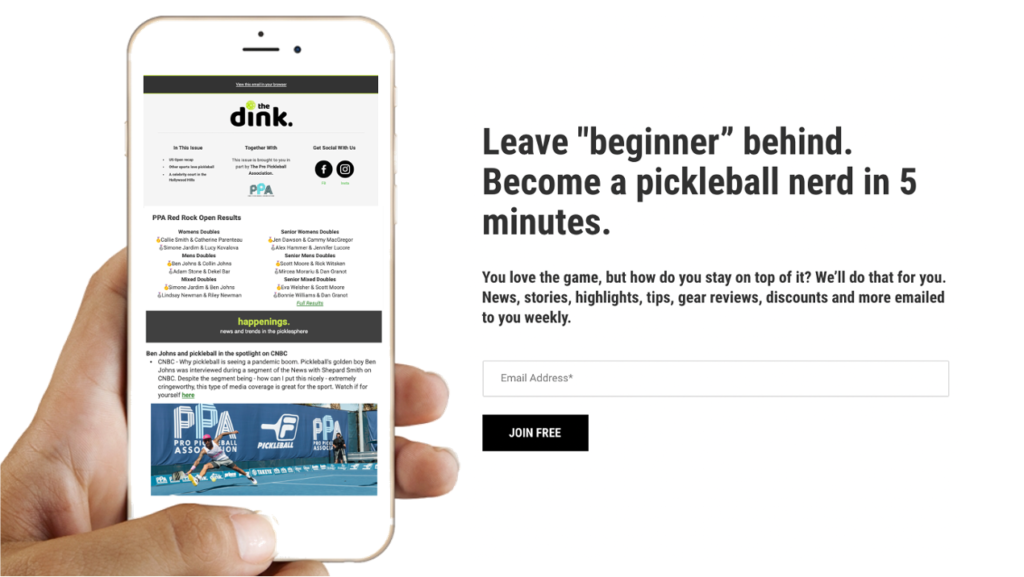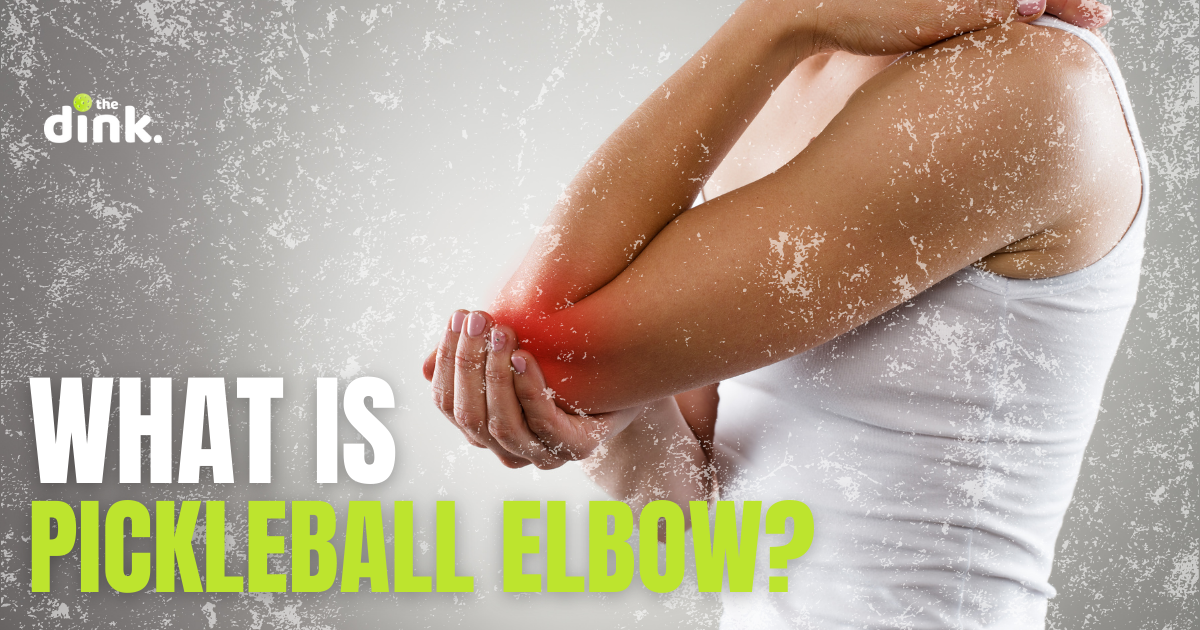
Introducing a new series from Sean McCawley from Napa Tenencious Fitness that covers the best way to prevent and recover from injury while on the court. Sean is a fitness professional that has become addicted to pickleball and is doing his part to share it with the rest of the world.
I recently had the privilege to attend a pickleball steering committee meeting with a local Pickleball club. Designating times to play among certain skill levels, court etiquette, and discussions about future improvements to the courts were hot topics. Before beginning, an icebreaker question was presented to the attendees before venturing into further pertinent content. The meeting director asked a question to each participant to gather statistics.
“How many hours of Pickleball do each of you play per week?”
As the answers spouted out around the room, we heard three hours, four hours, and increasing ten hours. The room’s attention zeroed in on a poofy-haired silent gentleman in the back who peeped, “Oh, about thirty hours a week.”
The New Normal
Snickering, laughter and gasps could be heard as shock circulated throughout the airwaves of the room. What kind of lunatic would play thirty hours of Pickleball per week? How did they have time to do that? This statement of time on the court seemed out of sorts and borderline insane to some. However, this average of time played, drilling, and practicing on the Pickleball court is becoming the new normal for the recreational athletes of the pickleball world.
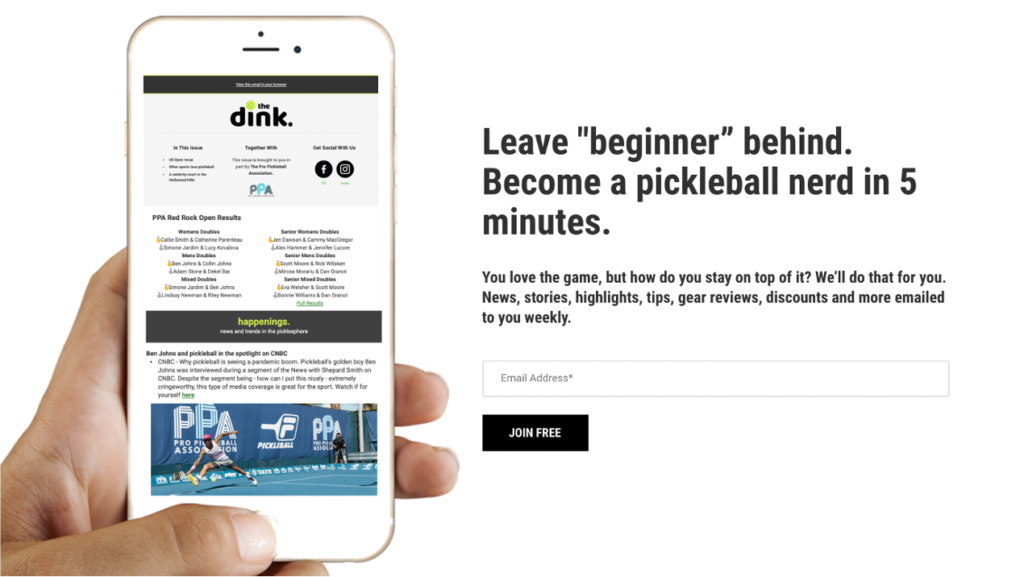
Too Much of a Good Thing
The start to each pickleball voyage, just the idea of venturing to the courts sends goosebumps along my skin. Everything from preparing my snacks, making sure I have my gear packed, to the drive over to court as I strategically devise what tactics will be implemented for a successful performance, is just a brief bout of anticipation before the rapture of joy that shoots through my body as I step onto the court. A pretty good feeling if I don’t say so myself. However, just like many joys in life, too much of a good thing can tip the balances of health and wellness in our lives. In this case, too much Pickleball can lead to overuse injuries.
Overuse Injuries
An overuse injury is a condition that afflicts the connective tissue of the body that is responsible for performing a specific task. A common injury most of us can relate to is carpal tunnel diagnosed to individuals who work on computers typing for prolonged hours throughout the week. The excessive finger movements of a skilled typist can threaten the finger, wrist, and thumb joints to get overworked. This excessive stress triggers inflammation, impingement, and neurological damage to the joints of the phalanges, wrist, and elbow.
GET 10%OFF THE NEW CRBN PADDLE FROM FROMUTHPICKLEBALL.COM WITH CODE 10DINK
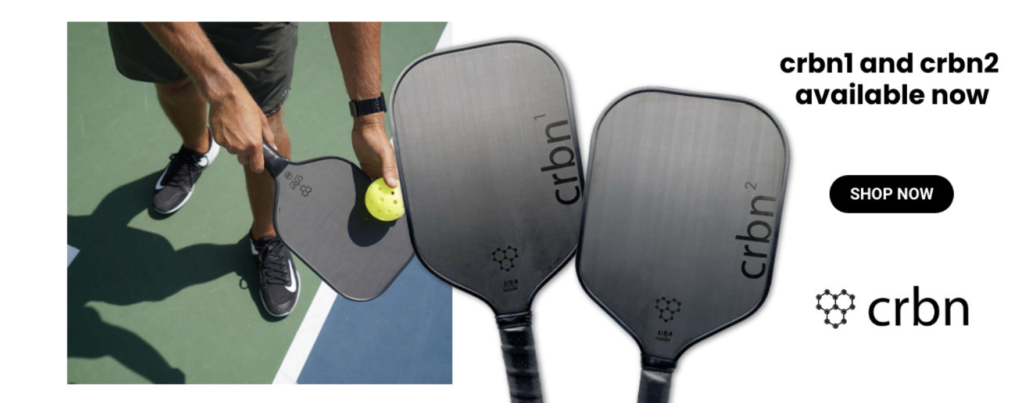
Pickleball isn’t much different when we apply this theme of repetitive movement to our poofy-haired friend who hits pickleballs and runs around like a golden retriever chasing a squirrel thirty hours per week. Some common forms of overuse injuries from playing too much pickleball could include shoulder, lower back, groin, hip, knee, and ankle injuries. Let’s point out the elephant in the room when it comes to pickleball public enemy number one: tennis elbow. In our pickleball relationship to our recreational sport, we know this culprit as pickleball elbow.
Our Arms are Complex Pickleball Tools
The anatomy of the forearm and wrist are unique in respect to the various planes of motion they travel. Side-to-side wrist deviation, flexion and extension of the wrist, supination, and pronation of the forearm, and circumduction of the wrist. The elbow is a true hinge joint allowing extension and flexion to the humerus, ulna, and radius. Intricate highways of muscles, tendons, and ligaments allow elaborate and coordinated actions of the entire arm. These muscular interactions gift us the ability to wield a paddle to serve, groundstroke, drop, drive, dink, and smash overheads on the court. However, if these critically important structures of the forearm become compromised from overuse, our gift of pickleball can be immediately confiscated.
Appreciating your Paddle Arm
It’s noteworthy to appreciate the anatomy of the wrist and elbow. Understanding what muscles are responsible for creating a successful swing of the paddle reinforces why we should be performing finger, wrist, and elbow strengthening exercises. The attachment points of the muscles connecting the wrist to the elbow are long cord-like muscles, similar to the structure of a guitar string. As the muscles contract, they tighten.
GUARANTEED TO RAPIDLY IMPROVE YOUR PICKLEBALL GAME OR YOUR MONEY BACK! GET 10% OFF WITH CODE THEDINK

During the point of contact when hitting a Pickleball, the muscles vibrate in the same fashion as guitar string when a musician strums their guitar. If the strings are too tight or too loose, all the musician has to do is tighten the tuning heads at the top of the guitar to calibrate optimal tension so the instrument can produce finely tuned music notes. However, the same does not apply to our forearm muscles. We can’t just reach into our elbow and adjust a tuning nob to recover muscles stressed from copious amounts of groundstrokes, serves, and dinks. Therefore, injury prevention exercises are critically important to reinforce the structures in the wrist and elbow.
How to Prevent Pickleball Elbow
In the next article, we will cover more on the techniques, tactics and exercises that can be done to prevent the likelihood of pickleball elbow. In the meantime, let’s make sure to supplement the time we spend on the court with one to two days of strength training, flexibility, and injury prevention training. We are all recreational athletes that love what pickleball offers us. Unfortunately, if we get held out of the game for a while because of an injury that could have been prevented, we can’t play at all. No one wants that. Give your body the gift of exercise so we can play our thirty hours of Pickleball per week; so we can give our Pickleball peers, opponents, and partners an elite performance free of pain and full of exuberance.
WRITTEN BY DINK CONTRIBUTOR: SEAN MCCAWLEY
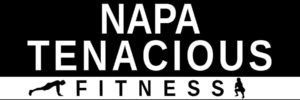
Owner and Founder of Napa Tenacious Fitness
